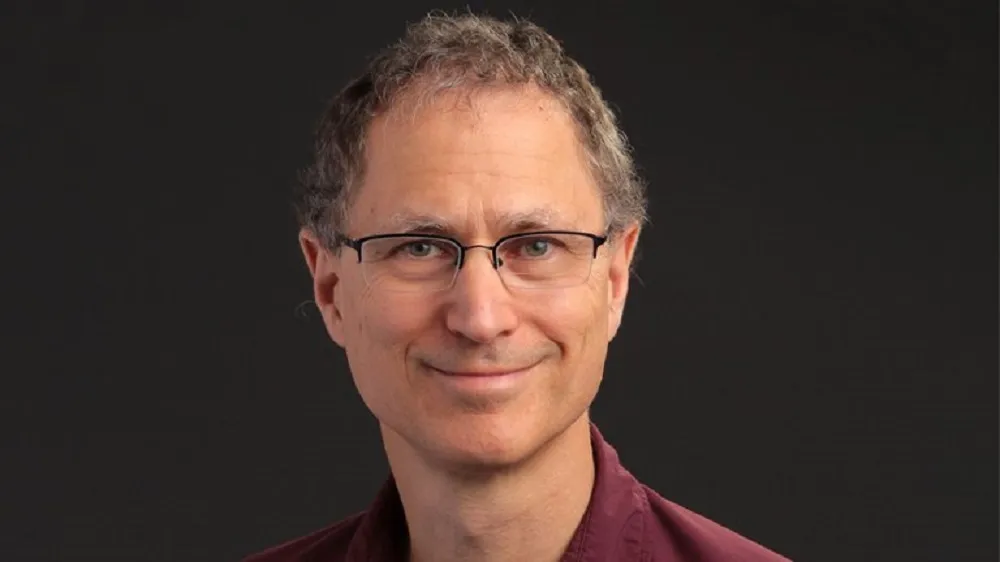Oculus Chief Scientist Michael Abrash marked the shipping of Oculus Rift this week with hints about what’s next for virtual reality.
Abrash was hired away from Valve Software amid the acquisition of Oculus by Facebook in 2014, saying at the time:
A little more than two years after he joined Oculus, he hints at one of the biggest problems ahead for VR:
Perhaps the most important problem yet to be solved is figuring out how to represent real people convincingly in VR, in all their uniqueness. Other people are what we are most highly tuned to, because they are what we care about most – and for that same reason, representing them believably is one of the greatest challenges. In the long run, once virtual humans are as individually quirky and recognizable as real humans, VR will be the most social experience ever, allowing people anywhere on the planet to share virtually any imaginable experience.
Abrash also said “it’s hard for me to imagine a world where [virtual reality] hasn’t evolved to give us capabilities that seem like superpowers today. Virtual technology is already starting to revolutionize everything from education to telepresence to architecture to gaming, and well beyond. This will continue for decades, in ways we haven’t even dreamed of yet, with ever greater impact on how we work, play, and interact with one another.”
Read More: Michael Abrash Outlines Long Term Goals For Oculus
Abrash works with engineers, scientists and researchers to try and solve the longer term problems facing more immersive VR. Below is a video produced by USC in partnership with Oculus last year that showed a facial recognition system. It used a camera and strain gauges where the face meets the goggles — an additional technology like that in VR powered by Oculus would go a long way to fulfilling the next steps mentioned by Abrash.


























